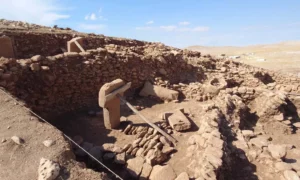Karahan Tepe, also known by its Kurdish name Girê Keçel, represents a pivotal archaeological site located in the Şanlıurfa Province of Turkey. This site, lying in close proximity to the renowned Göbekli Tepe, has garnered significant attention from the archaeological community due to its remarkable features and its potential to redefine our understanding of early human settlements. The discoveries at Karahan Tepe, including T-shaped stelae and numerous obelisks adorned with animal figures, suggest a complex societal structure and a rich cultural tapestry dating back to between 9,000-11,000 BC.
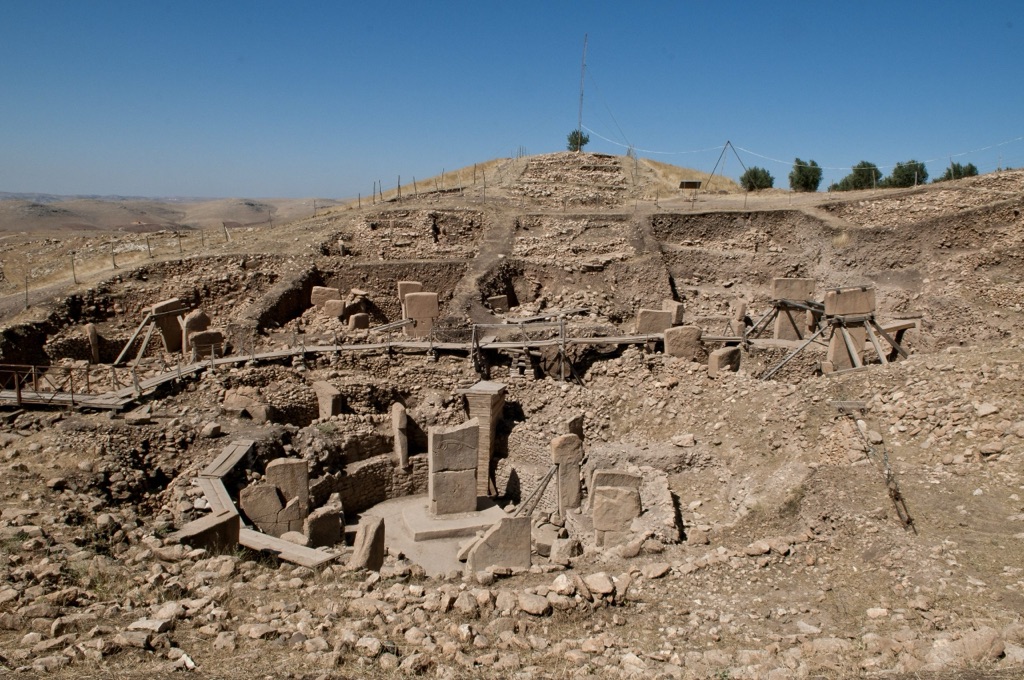
Göbekli Tepe
Göbekli Tepe, situated in the Southeastern Anatolia Region of Turkey, stands as a testament to the ingenuity of early human societies. Inhabited from approximately 9500 to at least 8000 BC, during the Pre-Pottery Neolithic period, this site has captivated the archaeological community and challenged previous conceptions of Neolithic life. Recognized as a UNESCO World Heritage Site in 2018, Göbekli Tepe’s monumental circular structures and massive stone pillars represent the world’s oldest known megaliths, offering rare insights into prehistoric religion, society, and iconography.
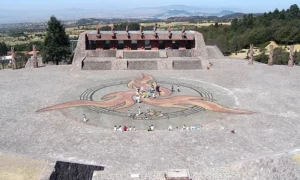
Otomi Ceremonial Center
The Otomi Ceremonial Center, situated in the municipality of Temoaya, 37 kilometers from Toluca, stands as a significant cultural and ecological landmark within the Otomi-Mexica Park. This park, established by decree on January 4, 1980, under the governance of Dr. Jorge Jiménez Cantú, encompasses the Xempoala La Bufa Ecological, Tourist and Recreational Park Protected Natural Area. It serves a dual purpose: preserving the rich Otomi culture and acting as a bulwark against environmental pollution.
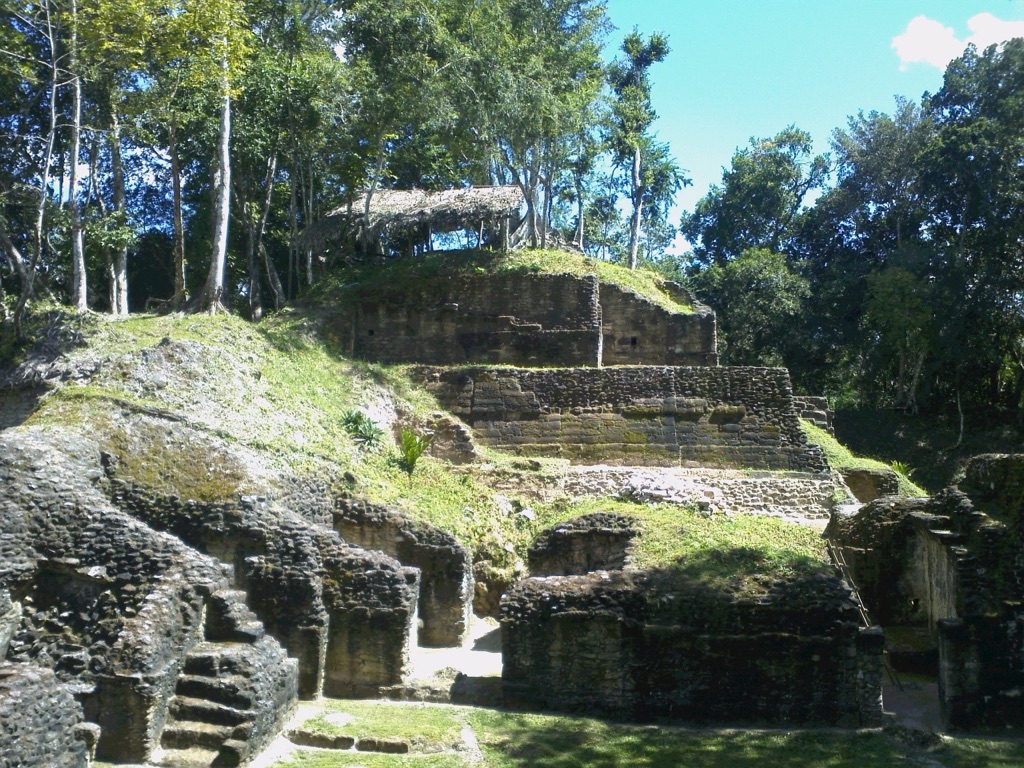
El Naranjo
Tayasal, historically known as Naranjo or Saa’aal, stands as a testament to the grandeur of the Mayan civilization during the Classic Period (250-900 AD). Located in the department of Petén, Guatemala, within the Yaxhá-Nakum-Naranjo National Park, this archaeological site was the epicenter of one of the most influential Mayan kingdoms. Its strategic importance is underscored by its political interactions with other prominent Mayan cities such as Calakmul, Tikal, and Caracol. However, like many other Mayan cities, Tayasal faced abandonment during the Classic Maya Collapse.
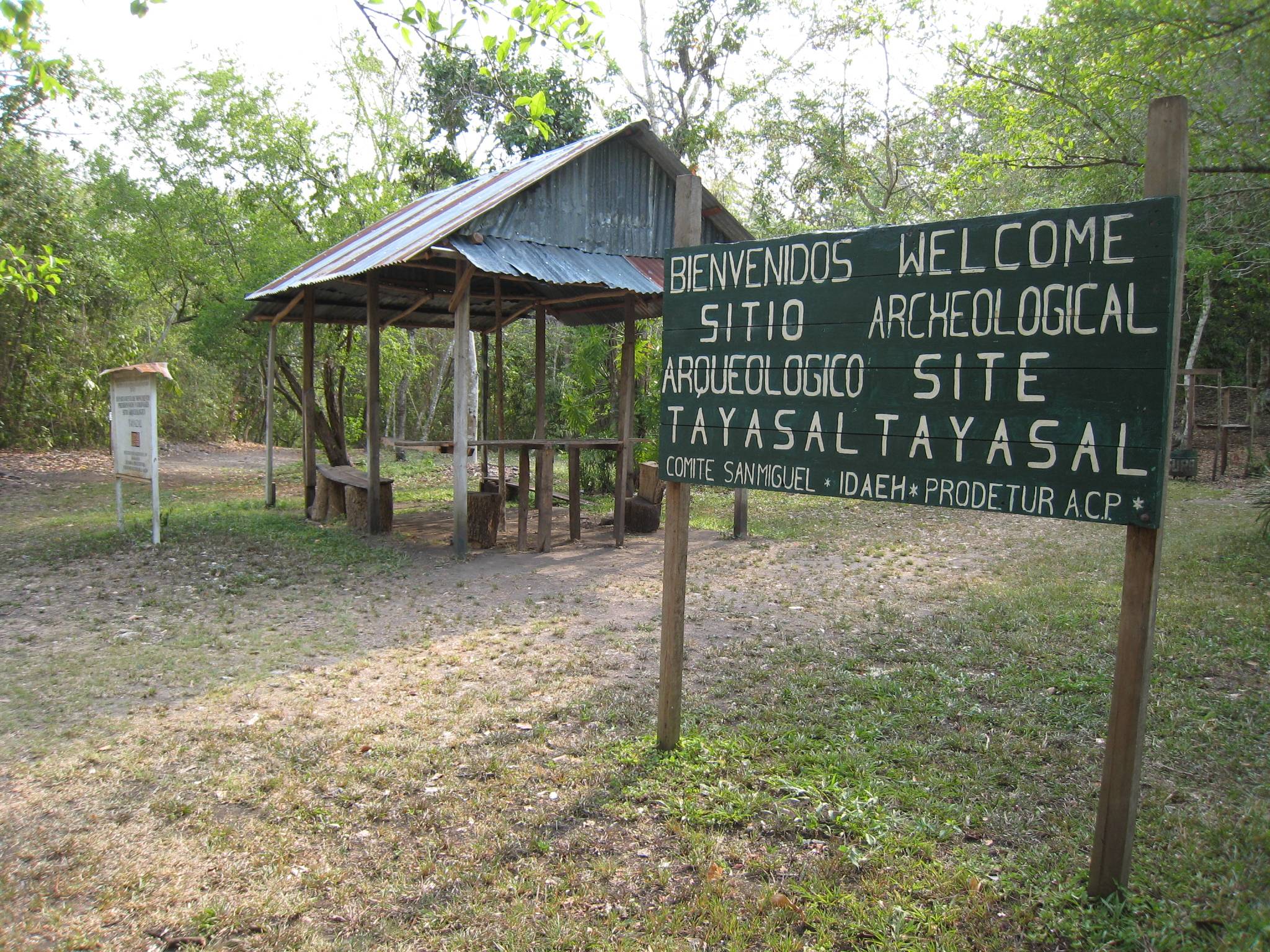
Tayasal
Tayasal, an archaeological site located in present-day Guatemala, offers a window into the long history of Maya occupation spanning from the Middle Preclassic period (circa 1000–350 BC) through to the Late Postclassic period (circa 1200–1539 AD). This site, originally known as Tah Itza, meaning “Place of the Itza,” mistakenly came to be called Tayasal. It is situated on a peninsula on Lake Petén Itzá, a short distance north of the modern town of Flores, and falls within the municipality of Flores, in the department of Petén in northern Guatemala.
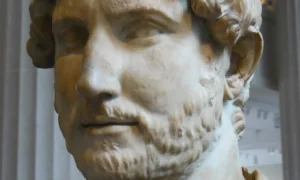
The Full List of Roman Emperors
The Roman Empire, spanning from 27 BC to 476 AD in the West and until 1453 AD in the East, stands as one of the most influential and enduring political entities in human history. Its rulers, known as emperors, wielded unparalleled power over the Mediterranean world and beyond, shaping the course of history through their policies, military campaigns, and sometimes even their personal whims. This blog post aims to provide a detailed overview of the full list of Roman Emperors, from the rise of Augustus, the first emperor, through the complex period of the Tetrarchy, and finally to the fall of Constantinople, marking the end of the Eastern Roman Empire.

